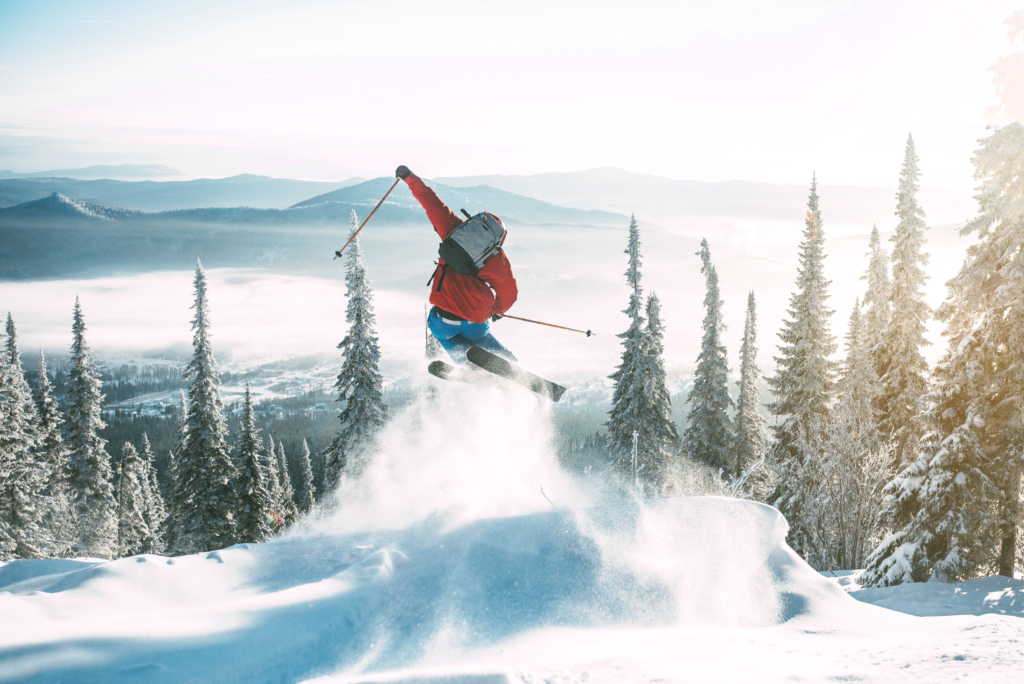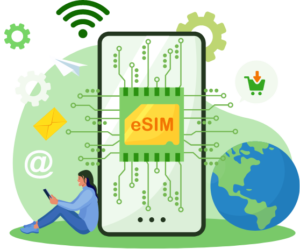Introduction
Japan is a world-class destination for skiing and snowboarding, boasting powdery snow, picturesque landscapes, and a unique blend of Japanese culture and hospitality. From the mountains of Hokkaido to the peaks of Nagano, Japan offers a wide range of ski resorts suitable for all levels of skiers and snowboarders. Whether you’re a seasoned pro or a beginner looking to hit the slopes for the first time, this guide will help you navigate Japan’s top ski resorts, essential tips for your trip, and what to expect during your snowy adventure.
Why Ski in Japan?
Legendary Powder Snow
Japan’s ski resorts are renowned for their light, fluffy powder snow, often referred to as “Japow.” This is especially true in northern regions like Hokkaido, where consistent snowfall creates some of the best skiing conditions in the world.
Diverse Ski Resorts
From family-friendly slopes to challenging terrain for experts, Japan’s ski resorts cater to all skill levels. Many resorts also offer onsen (hot springs), creating a perfect balance of adventure and relaxation.
Unique Cultural Experience
Skiing in Japan isn’t just about the slopes. Visitors can immerse themselves in Japanese culture, enjoying local cuisine like ramen, sushi, and hot pot, and experiencing the warm hospitality of Japanese accommodations.
Best Ski Destinations in Japan
1. Niseko (Hokkaido)
Why Visit: Niseko is Japan’s most famous ski resort, known for its consistent powder snow and international-friendly atmosphere. It features four interconnected ski areas: Grand Hirafu, Hanazono, Niseko Village, and Annupuri.
- Best For: Powder enthusiasts, international travelers, and nightlife seekers.
- Highlights: Night skiing, off-piste runs, and luxury accommodations.
- Accessibility: Approximately 2.5 hours by bus from New Chitose Airport (Sapporo).
2. Hakuba Valley (Nagano)
Why Visit: Hakuba Valley offers access to 10 ski resorts, making it one of Japan’s largest ski areas. Its diverse terrain caters to skiers of all levels, and the stunning views of the Japanese Alps are a major draw.
- Best For: Families, groups, and experienced skiers.
- Highlights: Backcountry tours, snow parks, and traditional Japanese inns (ryokan).
- Accessibility: About 3 hours by train or bus from Tokyo.
3. Nozawa Onsen (Nagano)
Why Visit: This charming resort village is famous for its traditional hot springs (onsen) and vibrant après-ski culture. Nozawa Onsen offers a mix of beginner-friendly slopes and advanced runs.
- Best For: Skiers seeking a mix of skiing and cultural experiences.
- Highlights: Onsen hopping, fire festival (January), and authentic Japanese cuisine.
- Accessibility: Approximately 2 hours by train from Tokyo to Iiyama Station, followed by a 20-minute bus ride.
4. Rusutsu (Hokkaido)
Why Visit: Rusutsu is a less crowded alternative to Niseko but still offers excellent powder snow and a variety of terrain. The resort is known for its tree runs and family-friendly atmosphere.
- Best For: Powder lovers and families.
- Highlights: Wide-open groomed runs, tree skiing, and amusement park attractions in the summer.
- Accessibility: About 2 hours by bus from New Chitose Airport (Sapporo).
5. Shiga Kogen (Nagano)
Why Visit: Shiga Kogen is one of Japan’s highest-altitude ski resorts, ensuring excellent snow quality. It features over 20 interconnected ski areas, making it ideal for those who love exploring.
- Best For: Advanced skiers and those looking for long runs.
- Highlights: Proximity to the Snow Monkey Park and diverse slopes.
- Accessibility: About 4 hours from Tokyo via train and bus.
Tips for Skiing in Japan
1. When to Visit
- Best Time: Late December to early March is the prime skiing season. January and February are ideal for powder snow, especially in Hokkaido.
- Avoid Crowds: Visit on weekdays or outside of Japanese holidays (like New Year’s) to avoid peak crowds.
2. Gear and Rentals
Most ski resorts offer gear rentals, including skis, snowboards, boots, and helmets. However, if you have specific preferences or need high-performance equipment, consider bringing your own.
- Tip: Many rental shops in major resorts like Niseko and Hakuba have English-speaking staff.
3. Lift Tickets
Japan’s ski resorts offer affordable lift tickets compared to Europe or North America. Multi-day passes often come with discounts.
- Example Costs:
- Niseko: ~¥6,000/day
- Hakuba Valley: ~¥5,500/day
- Rusutsu: ~¥5,800/day
4. Language and Signage
While English signage is common in larger resorts like Niseko, smaller resorts may have limited English support. Learning basic Japanese phrases or downloading a translation app can be helpful.
5. Après-Ski Activities
Don’t miss out on Japan’s famous après-ski experiences, including:
- Onsens (hot springs): Relax in natural hot springs after a day on the slopes.
- Local Cuisine: Try hot pot dishes like nabe or sukiyaki, or warm up with a steaming bowl of ramen.
- Cultural Sites: Explore nearby temples, shrines, or local festivals.
What to Expect at Japanese Ski Resorts
Accommodation
Japanese ski resorts offer a wide range of accommodations, including luxury hotels, budget-friendly hostels, and traditional ryokan. Many accommodations include access to onsen facilities, providing a relaxing end to your skiing day.
Dining
Expect to find a mix of Japanese and international cuisines at most ski resorts. Don’t miss trying local specialties like Hokkaido seafood or Nagano’s famous soba noodles.
Family-Friendly Features
Many ski resorts in Japan cater to families, offering ski schools, snow play areas, and beginner-friendly slopes.
Packing Checklist for Skiing in Japan
Essentials
- Ski jacket and pants (waterproof and insulated)
- Thermal layers and base layers
- Gloves, beanie, and goggles
- Comfortable après-ski clothing
- Sunscreen and lip balm (even in winter, UV rays can be strong)
Extras
- Travel insurance with skiing coverage
- Portable Wi-Fi or SIM card for navigation
- Power adapters (Japan uses Type A/B plugs)
Recommended eSIM Service
The eSIM from RakuSim, which uses networks from major Japanese carriers, provides reliable connectivity not only in urban areas but also in rural regions. It offers plans suitable for short-term stays as well.
Easy Purchase & Setup
Purchasing is simple and fully online. After purchase, follow the URL in the confirmation email to download your eSIM profile, or scan the QR code provided. You’ll be ready to use the service on the same day.
Flexible Plans
RakuSim offers a variety of plans to match different stay lengths, from short to long-term. Popular for its high data capacity and great value.
Reliable Support
Customer support is available every day, including weekends and holidays, from 10:00 AM to 7:00 PM. You can reach the team via email or phone for any inquiries.
Wide Coverage
Using the docomo network, RakuSim covers even rural and mountainous areas, providing stable connections even on the move.
Pricing Plans
- 30GB / 8 Days: ¥2,900
Ideal for short-term use! High-capacity plan with excellent value. - 50GB / 16 Days: ¥3,400
Enjoy streaming and video calls with up to 50 hours over 16 days! - 50GB / 30 Days: ¥4,700
Perfect for one-month stays! Enjoy 50GB for streaming, emails, and social media with peace of mind for an entire month!
Conclusion
Japan offers a skiing experience unlike any other, combining world-class snow conditions with rich cultural experiences. Whether you’re exploring the powdery slopes of Niseko, soaking in an onsen in Nozawa, or enjoying the scenic beauty of Hakuba, Japan’s ski resorts cater to all types of travelers. By following this guide, you’ll be well-prepared to make the most of your trip to Japan’s snowy paradise. Start planning your winter adventure today!


